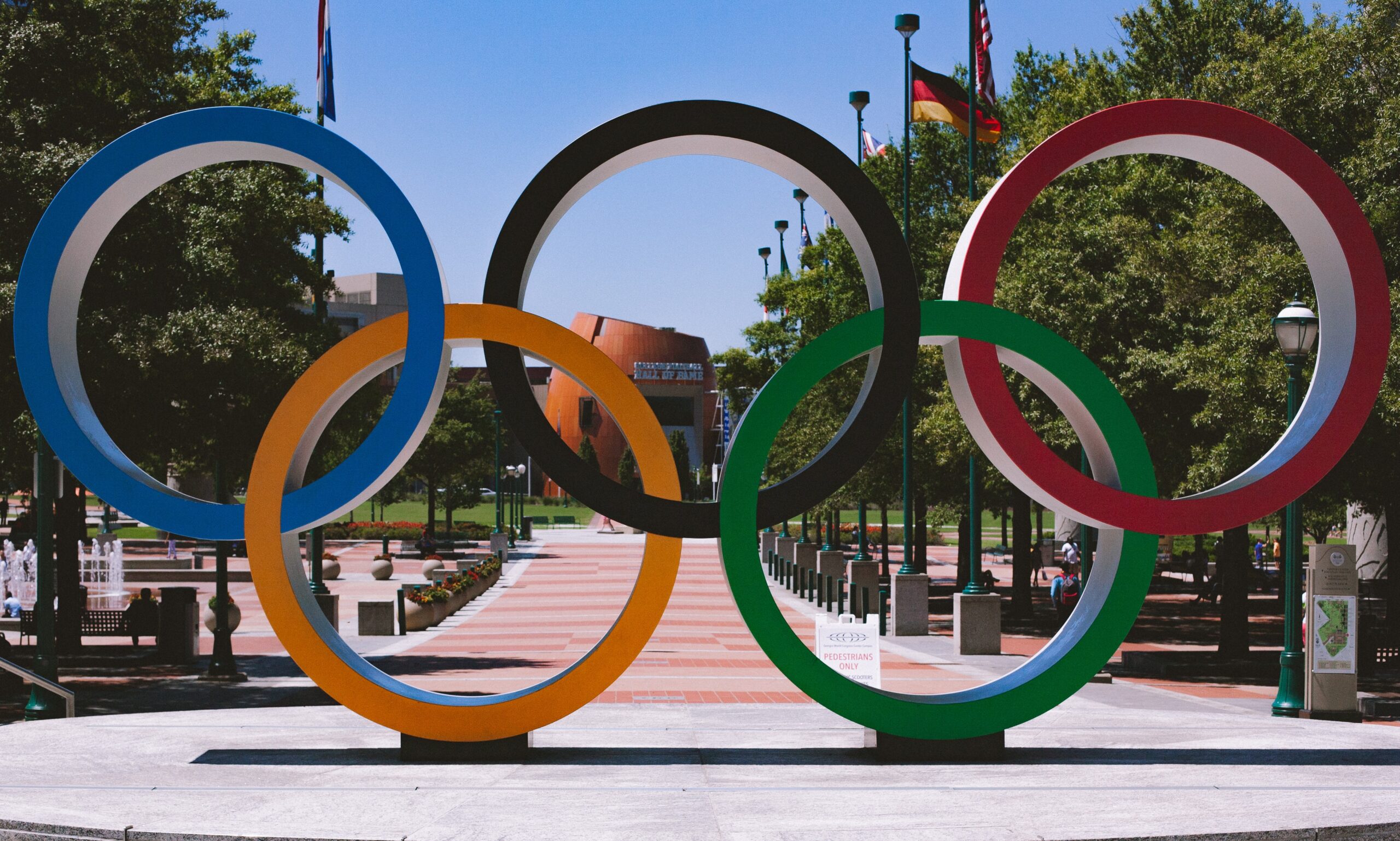
The origin of the Olympic flame
The Olympic Games have been one of the most important and leading events in the world of sports. Various countries send their leading athletes and sportspeople to represent their country as best as possible in the particular sport they specialize in. Olympics have been held year to year for over a century and began even before in ancient Greece.
The Olympic flame has played an important role in the events and acts as a symbol of the continuity of the games and sports events passed on from ancient times to modern times. The Olympic flame has been a symbol that bridges the gap between the ancient or the beginning times of the sports events and the current or the modern times. It is a passing on of the legacy.
Before the sports and games begin, the flame is lit at the city of Olympia in the traditional way of the ceremony how it used to happen in the earlier days. This flame keeps on burning throughout the sports events and is brought to an end during the games’ closing ceremony.
Forms of fuel across Olympics history
Usually, the preferred fuel of choice that was used to light the Olympic flame has been traditional means such as propane, gun powder, magnesium, olive oil, and other forms of fuel. However, in 2021 for the first time, the flame buried in front of the bay of Tokyo in a cauldron is using hydrogen as its fuel supply. Oki Sato from Canada has designed the torch which is used in the Tokyo Olympics this year.
In the year 1928, the very first modern flame was lit in the Amsterdam Olympics, which used a traditional cauldron. However, after eight years in a torch, mechanics were used in the Berlin Olympics.
In modern times, modern technology has been used for the conservation of resources. It is a well-known fact that fossil fuels and oils emit harmful gas, which adversely affects the quality of air and the atmosphere in general. The entire world is trying to find innovative breakthroughs and ways to reduce the emission of greenhouse gases, and this endeavor has also been made in the games of the Olympics this year.
Hydrogen does not emit carbon dioxide when lit on fire; however other traditional sources and fuels such as magnesium, propane, and olive oil do. This idea was initially put forward in 2012 itself when the organizers tried to create a torch mechanism to reduce carbon dioxide emission; however, it did not work out back then.
They used a combination of propane and magnesium then to light the Olympic torch. Over a year ago, the first torch ceremony of the Olympic Games was supposed to be held in Olympia, but this could not happen because of the ongoing pandemic.
The games are held with utmost care and precautions. This is the reason why the relay was canceled as well. However, it is very wise and a fresh perspective towards continuing this centuries-old ceremony of lighting the Olympic flame.
